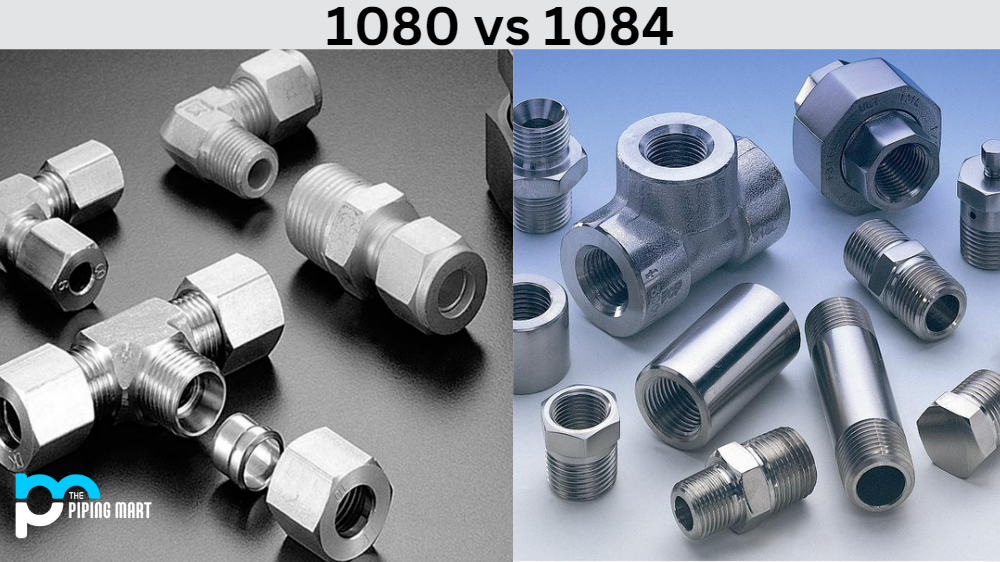High-speed steel (HSS) is an incredibly hard and durable alloy that has many uses in engineering, manufacturing, construction, and other industries. It is designed to withstand extreme temperatures and provides superior wear resistance. In this blog post, we’ll take a look at what HSS is, its properties, and how it can be used.
What is High-Speed Steel?
High-speed steel (HSS) is an alloy of iron and various other elements that includes tungsten, molybdenum, chromium, vanadium, carbon, cobalt, manganese, nickel, silicon, titanium and niobium (also known as columbium). It is one of the most popular materials used in the production of cutting tools due to its combination of hardness and durability. This makes it ideal for use in applications such as machining or drilling.
Properties of HSS
The properties of high-speed steel make it well-suited for a variety of applications. It has excellent heat and wear resistance due to its high hardness level compared to other tool steels. This means that it will maintain its cutting edge even under heavy use or when exposed to extreme temperatures. Additionally, HSS also has good shock resistance, which helps prevent chipping or breakage during use. Finally, HSS has a low coefficient of friction which means that it can cut more efficiently than other cutting materials.
- HSS is an abbreviation for high-speed steel.
- HSS is a type of steel that is used in cutting tools and is known for its high hardness and abrasion resistance.
- HSS is made by adding tungsten, molybdenum, or vanadium to carbon steel, which increases the hardness and wears resistance of the steel.
- HSS is often used in end mills, drill bits, taps, and reamers as it can withstand higher cutting speeds than standard carbon steels.
- HSS is available in a variety of grades, each with different properties, depending on the application.
High-Speed Steel Uses
High-speed steel can be used in a wide range of applications, including machining operations such as boring or drilling metal pieces; sawing through tough materials like stainless steel; cutting intricate shapes with precision; milling difficult materials like hardened steel; producing strong thread forms on metal components; grinding hard surfaces; making smooth finishes on metal surfaces; punching holes through metal sheets; sharpening blades quickly without wearing down the material too much; cold forming sheet metal into complex shapes; creating dies for forging metals into desired shapes; pressing metal parts together quickly without damaging them; thread rolling with extreme accuracy; and welding metals together with precision.
Cutting Tools
One of the most common uses for high-speed steel is in cutting tools. High-speed steel is extremely hard and can withstand the high temperatures that are generated when cutting metals. This makes it an ideal material for use in drill bits, saw blades, and end mills.
Milling Tools
High-speed steel is also often used in milling tools. Milling is a machining process that involves removing material from a workpiece using rotating cutting tools. High-speed steel is well suited for this application as it can resist the high temperatures and forces that are generated during the milling process.
Lathe Tools
Lathes are machine tools that are used to shape workpieces by rotating them against cutting tools. High-speed steel is often used in lathe tools as it can withstand the high speeds at which the workpiece is rotated. Additionally, high-speed steel is very hard, which helps to prolong the life of the tool.
Taps and Dies
Taps and dies are tools that are used to create threads in workpieces. Taps are used to create internal threads, while dies are used to create external threads. High-speed steel is often used for taps and dies as it can withstand the high forces that are required to cut threads into metal. Additionally, high-speed steel is very hard, which helps to prolong the life of the tool.
Reamers
Reamers are cutting tools that are used to enlarge or finish holes that have been drilled into workpieces. High-speed steel is often used for reamers as it can withstand the high speeds at which the workpiece is rotated. Additionally, high-speed steel is very hard, which helps to prolong the life of the tool.
Conclusion:
High-speed steel is an incredible material with many uses in engineering, manufacturing and construction industries alike due to its impressive heat resistance levels as well as good shock resistance qualities, which help prevent breakage during use. It provides superior wear resistance while still having low friction levels, so it can effectively cut through tough materials like stainless steel with ease. Additionally, its strength allows users to create precise shapes from sheet metals quickly without damaging them during the process, which makes high-speed steel an incredibly versatile material for many industrial purposes!
Meet Heer, a dynamic and driven writer learning tricks of her trade in the metal industry. With a background in Digital Marketing, Heer brings a unique perspective to her writing, sharing valuable insights. Apart from blogging she like reading and hiking.




